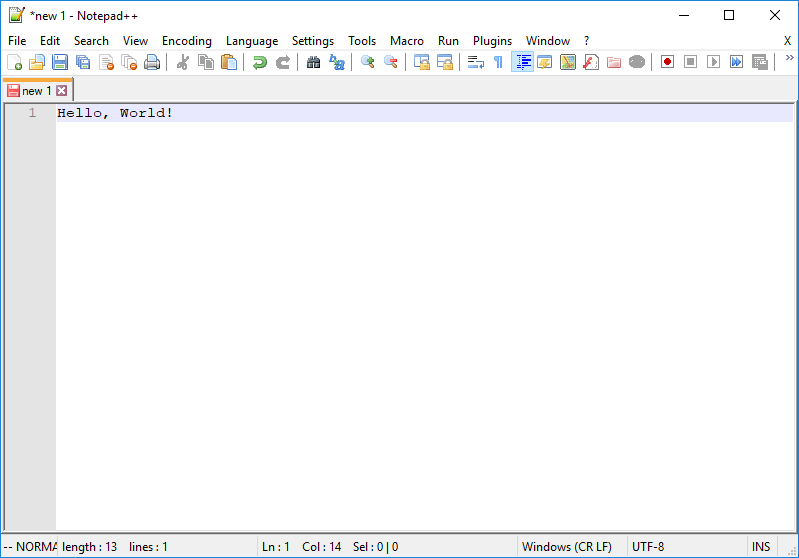

In a multi-editor environment like Altium Designer, it can be hard to remember the shortcuts, particularly those special-purpose ones that are available when you are running a command. This article gathers together the default shortcuts that are available across the various design domains. Keystrokes are more efficient than carefully positioning a mouse over a button or drilling through menus, and once learned, they become second nature. Hold ‘Control’ while highlighting text to select multiple instances, then you can overtype all of them at once.Perhaps the single thing you can do to become more productive in any software environment is to learn the shortcut keys. For example, a useful lesser used shortcut is multi-cursor select. Probably trying to keep up with Visual Studio Code and Sublime. There has been more growth over the years better code typing workflow. Dreamweaver shortcut keys still support a visual based approach with shortcuts to insert media and tables but this area hasn’t grown much. These days as more people code and it’s not so far out the program and become less visual and more supportive of modern technologies such as code compiling and minification. You saw the Matrix (that reference wasn’t out of date then and still witty). Suddenly coding isn’t such as scary thing and a binary universe opened up. But starting from a visual prompt was a gateway from graphic design to full on web development. From drawing out a table and making a change people would start to realise that it’s actually easier to just type out the code. You could draw out what you wanted but also look under the hood and build up an appreciation for how the HTML syntax works. Dreamweaver was one of the first programs that made it possible to build websites without any knowledge of code. It was very ahead of its time, probably as significant as WordPress. Macromedia release Dreamweaver in 1997 and it became a standout part of the Adobe Creative Suite is 2005 after Macromedia’s buyout.


 0 kommentar(er)
0 kommentar(er)
